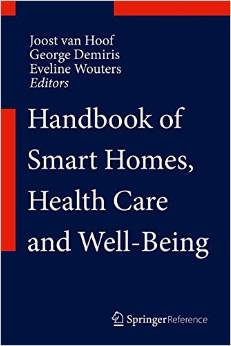Smart homes, RFID and wandering

Keywords:
RFID, smart homes, dementia, wandering, predictive modeling, fall risk prediction, ambient assisted living
Contact:
Abstract
Radio frequency identification devices (RFID) provide information about the identity and location of people and objects in a monitored space. Passive RFID such as those found on many grocery items have no power supply of their own and are powered entirely by energy from the radio signal transmitted at them, and their range is approximately 1–3 m. Passive tags indicate presence but not vector information. Active RFID tags typically contain a battery which allows the devices to respond to signals transmitted potentially over one hundred meters. Active tags can vary significantly in complexity and the kind of response they emit when struck by radio signals from a reader. In the simplest case, the active RFID tag responds just like the passive one but at a much greater range. In the ultra-wideband version, the RFID tag is the functional equivalent of an aircraft transponder that reveals vector, and identity of the wearer at all locations throughout the monitored area with a practical accuracy of 20 cm in x, y, and z (altitude). The applications of RFID in smart houses and the management of dementia – particularly wandering – are reviewed, and the uses of RFID in clinical research and fall-risk prediction are briefly discussed.
Citation
Kearns, W. D., & Fozard, J. L. (2015). Smart homes, RFID and wandering. In J. van Hoof, G. Demiris & E. J. M. Wouters (Eds.), Handbook of smart homes, health care and well-being. Geneva, Switzerland: Springer International Publishing. doi:10.1007/978-3-319-01904-8_50-1